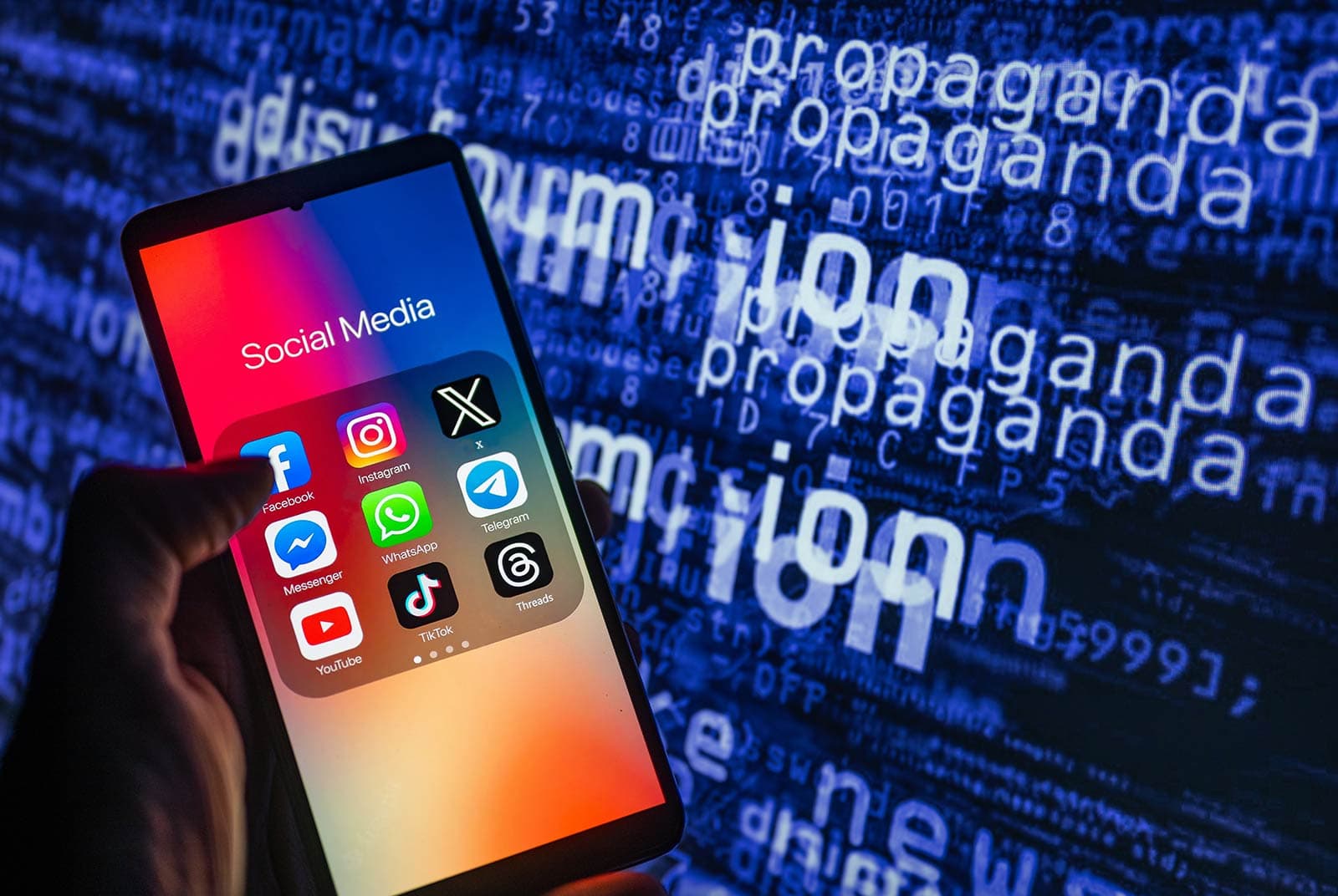With the development of the internet and social media, the forms of communication have changed forever. Today, information spreads instantly, and any opinion can be heard by millions of people. However, along with this came new threats — deliberate incitement of racial hatred, manipulation of public consciousness, and information campaigns leading to societal division. One of the most powerful tools for these purposes has become fake accounts: trolls, bots, and propagandists.
Social networks, initially conceived as spaces for communication, self-development, and entertainment, are often used for purposes far from noble. Alongside legal entertainments like online games — for example, by visiting each nove casino users find relaxation and an opportunity to distract themselves — there is another side of virtual reality: a hidden struggle for the minds and moods of millions. This has become especially noticeable in recent years, as global events trigger surges of aggressive online campaigns.
Who Is Behind Information Attacks?
Understanding who organizes the dumps and directed campaigns on social media is key to realizing the scale of the problem. Many outbreaks of racial hatred are not spontaneous impulses but rather coordinated actions. To understand this, we need to look at the main actors.
Organized Groups and State Structures
Often, behind mass dumps on social media are not individual users but entire teams working according to a clear plan. These can be private agencies or state structures interested in destabilizing the internal stability of other countries. Such groups become especially active during political crises, protests, or elections.
By creating thousands of fake accounts, they spread specially crafted messages that intensify fear, distrust, and hostility between ethnic and racial groups. Information attacks are subtly constructed: sometimes, just a few veiled comments under posts are enough to launch a chain reaction of aggression.
Bots: Automated Amplifiers
Bots, unlike trolls, are programs that automatically post or like content, creating the illusion of mass support or outrage. Their task is to quickly spread the needed information, intensify emotional backgrounds, and create the impression that a particular point of view is backed by a majority.
Modern bots are so sophisticated that distinguishing them from real users is becoming increasingly difficult. They can imitate communication styles, use local memes, and adapt to trends. Sometimes, in bot accounts, you can see, for example, a combination of posts about popular entertainment like new online casinos with political slogans — this is done to make the profile appear realistic.
Why Are Social Networks So Vulnerable?
The very format of social media operations makes them fertile ground for manipulation. Platforms are interested in maximizing user engagement, which means they do not always effectively counter deliberate disinformation. In this section, we will look at the mechanisms that make social media particularly vulnerable.
Moderation Problems and Engagement Algorithms
Social platforms are inherently designed to maximize user engagement. Their algorithms select content in such a way that people stay online longer. The problem is that the most provocative materials — those that cause anger or fear — evoke the greatest response. This is exactly what those who want to stir up hatred exploit.
Content moderation does not always cope with the influx of disinformation. Moreover, sometimes fake accounts skillfully masquerade as real users, posting neutral content, related, for example, to culture, sports, or popular entertainment, and later subtly inserting extremist messages.
Fake Communities and Echo Chambers
Another problem has become so-called echo chambers — closed communities where participants see only information that confirms their views. In such groups, it is easy to spread radical ideas, as there is no critical view from the outside.
Manipulators deliberately create such communities, making them attractive through neutral topics and then gradually changing the direction of discussions. For example, a group may start by discussing popular events in the Czech Republic or the latest trends in online casinos, and over time turn into a space for inciting racial hatred.
How to Protect Yourself?
Understanding the threat is only half the battle. To effectively counter manipulation attempts, it is necessary to develop critical thinking skills and observe digital hygiene. Below, we will examine what exactly helps to protect oneself in the online space.
Critical Thinking and Digital Hygiene
The first step to protection from manipulation is the development of critical thinking. It is important to verify information sources, not to trust emotional triggers blindly, and to remember that not everything that appears massive truly is.
Fact-checking, careful attention to unfamiliar sources, and caution when joining new communities — all help to reduce the risk of falling victim to propaganda.
Platform Responsibility
At the level of social networks, stricter measures are needed to verify users, improve moderation systems, and ensure algorithm transparency. Some platforms have already started implementing labels for bots and fake news, but this is still insufficient to fully protect users.
Only a combination of individual responsibility of each user and proactive positions of platforms will help reduce the influence of trolls, bots, and propaganda on public consciousness.
Conclusion
Social networks remain one of the most powerful tools for communication, self-development, and entertainment. However, in a world where information can be used as a weapon, it is important to stay aware and know where real communication ends and manipulation begins. Only critical thinking and responsibility for one’s digital space will help keep society free and open.
